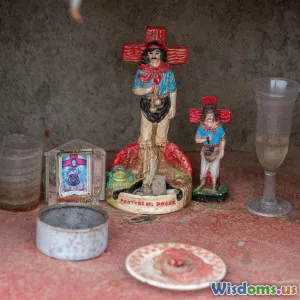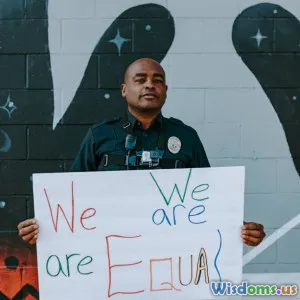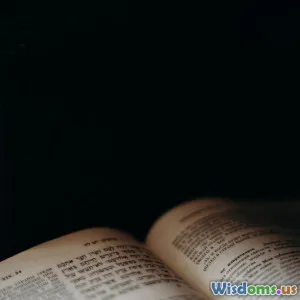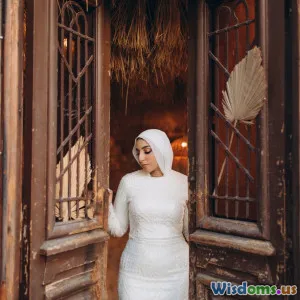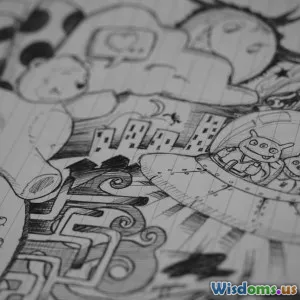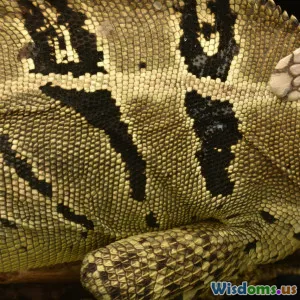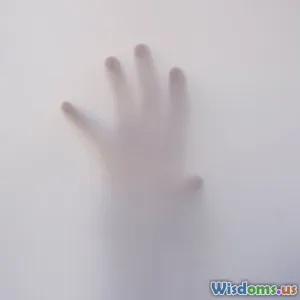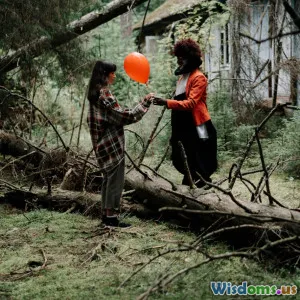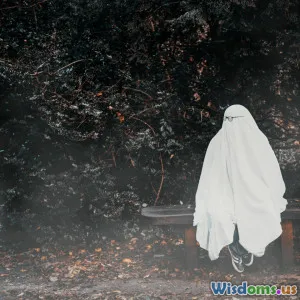
From Campfire Tales to Digital Narratives: Evolution of Ghost Stories
9 min read Explore the fascinating journey of ghost stories from oral campfire traditions to digital-age narratives reshaping supernatural tales. (0 Reviews)
From Campfire Tales to Digital Narratives: Evolution of Ghost Stories
Ghost stories have enthralled humanity for centuries, gripping listeners with chilling whispers of the supernatural. From flickering campfire flames illuminating shadowy woods to glowing screens displaying eerie tales, the way we share ghost stories has dramatically transformed. This journey—bridging storytelling's oral traditions and cutting-edge digital media—reveals much about human psychology, culture, and our fascination with the unknown.
The Ancient Roots: Oral Campfire Traditions
Storytelling around a fire has been a universal human experience since prehistoric times, serving as entertainment, social bonding, and a method to impart lessons or warnings. Ghost stories, in particular, tapped into primal fears of death and the afterlife, delivering narrative experiences that were both thrilling and sobering.
Anthropologists suggest ghost stories functioned as a form of communal catharsis. For example, Indigenous Australian Dreamtime stories include spirits and ancestral beings that communicate morals through the ethereal. Similarly, Native American legends are rich with spectral entities warning against taboo behaviors. Such tales underscored cultural identity and social mores.
One vivid collection of campfire ghost tales was recorded by folklorists in 19th-century Appalachia, where oral tradition preserved stories like "The Bell Witch," a haunting legend still cited today. These stories relied heavily on atmosphere—sounds of crackling wood, the rustle of leaves, awe shared in dim light—which instilled a sense of immersive dread.
Print and the Spread of the Gothic
The invention of the printing press and rise of literacy in the 18th and 19th centuries catalyzed the dissemination of ghost stories beyond local oral circles. Gothic literature emerged as a dominant genre, romanticizing haunted castles, spectral apparitions, and cursed events.
Mary Shelley’s "Frankenstein" (1818), Bram Stoker’s "Dracula" (1897), and other early works wove terror with complex human themes, pushing ghost stories into mainstream culture. Magazines also began publishing short supernatural fiction, exemplified by works of Edgar Allan Poe.
These printed stories expanded ghost lore dramatically. They provided consistent narratives that people could revisit, analyze, and share widely. Literature’s increasing psychological insight also changed ghost stories from mere frightful folklore to profound explorations of fear, guilt, and mortality.
Radio and the Dawn of Audio Horror
With the 20th century came radio, which revolutionized how ghost stories could be experienced. The wide reach of radio broadcasts allowed eerie tales and dramatized ghost narratives to seep into everyday homes.
The 1938 broadcast of Orson Welles' "War of the Worlds," although science fiction, famously displayed how audio narratives could produce real terror. Similarly, radio programs like "Lights Out!" (1934-1947) specialized in horror and supernatural drama, using sound effects and voice acting to intensify chilling atmospheres.
Audio also introduced new opportunities for ghost stories by engaging the imagination. Absent visual stimuli, listeners' minds filled in frightening images, sometimes magnifying fears beyond what screen adaptations could achieve.
Film and the Visual Haunting
The cinematic medium ushered ghost stories into visual realms. Early silent films such as "The Haunted Castle" (1896) and later classics like "Nosferatu" (1922) unveiled spectral horror with eerie visuals, influencing generations of filmmakers.
Film’s evolving special effects created iconic ghosts, from transparent phantoms to vengeful spirits. The success of movies such as "Poltergeist" (1982) and "The Ring" (2002) show how powerful and commercially successful ghost stories can be when coupled with visual and auditory intensity.
Moreover, cinema shaped global ghost lore—Japanese films like "Ju-On" and "Ringu" spawned numerous Western remakes and brought distinctive cultural perspectives on ghosts to international audiences.
The Digital Revolution: Interactive and Social Storytelling
The 21st century has seen ghost stories adapt again—this time fueled by digital technologies and social media platforms. Traditional linear stories have given way to immersive, interactive narratives accessible via smartphones, VR headsets, and online communities.
Online Storytelling Platforms
Websites like Reddit host vibrant communities (e.g., r/nosleep) where users post fictional ghost stories written as ‘true experiences.’ This format blurs fiction and reality, creating more intense engagement. According to a Pew Research Center report (2019), approximately 40% of adult internet users engage with online fiction communities, highlighting digital narratives’ growing popularity.
Virtual and Augmented Reality
VR experiences such as "The Exorcist: Legion VR" simulate hauntings with interactive elements, offering users a direct role in the supernatural storyline. These technologies heighten immersion and emotional response, pushing ghost stories into experiential domains.
Social Media's Role
Platforms like TikTok and Instagram have bred short-form ghost stories and folklore videos that spread rapidly. Notably, the "Momo Challenge" hoax in 2018 demonstrates how digitally-originated myths can generate viral fear and influence youth culture globally.
Why Do Ghost Stories Endure?
Psychologists suggest ghost stories fulfill fundamental human needs—confronting mortality, exploring mystery, and bonding socially through shared fears. According to Dr. Janina Scarlet, a clinical psychologist specializing in trauma and horror media, "These narratives symbolize our struggle with the unknown and provide a safe framework to process anxieties."
Furthermore, ghost stories continuously adapt to technological and cultural trends, ensuring their relevance. From tribal myths to viral TikTok clips, each iteration reflects the zeitgeist, the evolving nature of fear, and storytelling methods.
Conclusion: The Ever-Evolving Tale
The trajectory of ghost stories from campfire whispers to digital spectacles reveals storytelling as a dynamic art adapting to human innovation and psychology. They mirror cultural shifts, technological advances, and our persistent fascination with what lies beyond the veil.
As ambient technologies advance, such as AI-generated narratives or hyper-realistic virtual hauntings, the ghost story's power to captivate and terrify intensifies. Regardless of medium, these tales remain timeless portals to the mysteries of human fear, imagination, and the unknown.
Whether you huddle around a fire today, listen to a podcast, or slip on a VR headset, ghost stories continue to whisper across generations—unfolding timeless shadows in new lights.
References:
- Pew Research Center (2019). "Fiction and Online Communities in the Digital Age."
- Campbell, J. (1949). The Hero with a Thousand Faces.
- Scarlet, J. (2018). Psychology of Horror.
- Kripal, J. (2010). Authors of the Impossible: The Paranormal and the Sacred.
[Image Reference: Victorian ghost story illustration vs VR ghost hunting experience]
Rate the Post
User Reviews
Popular Posts










